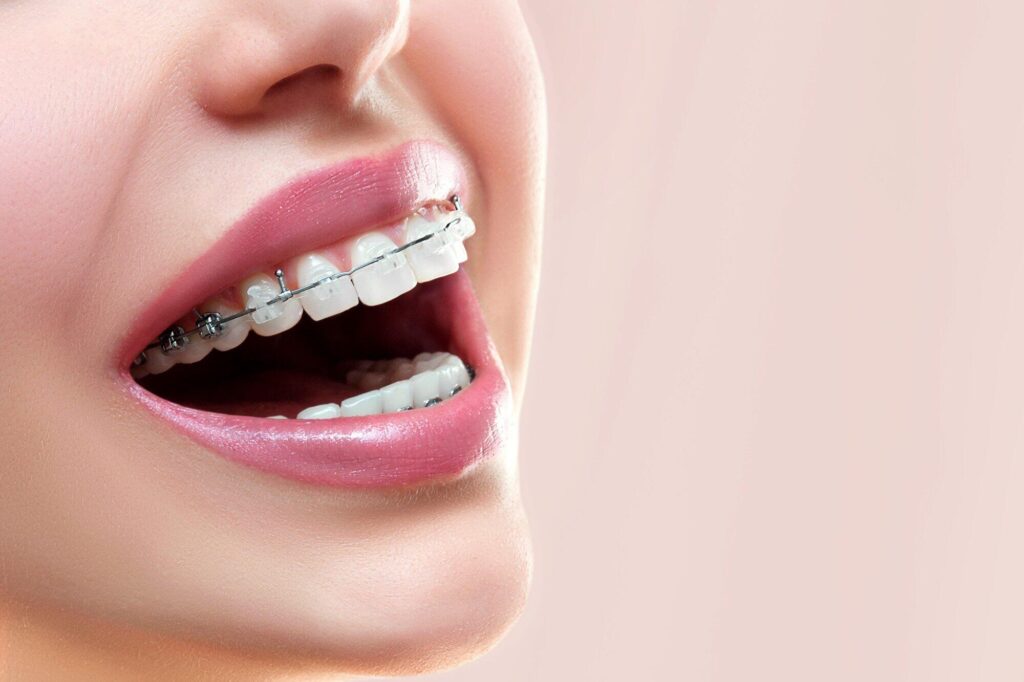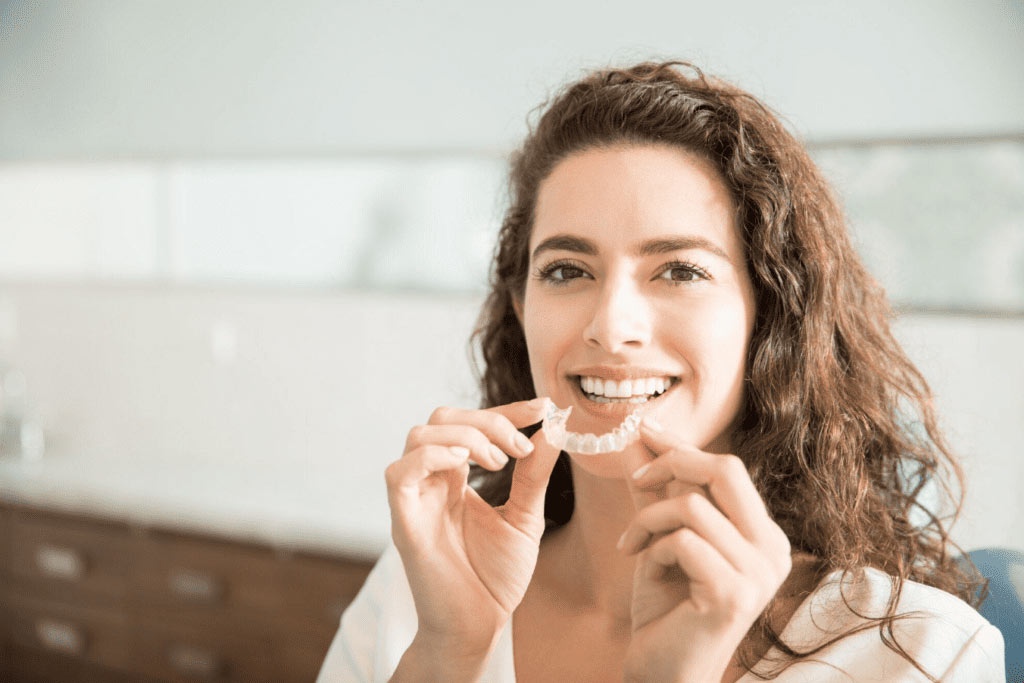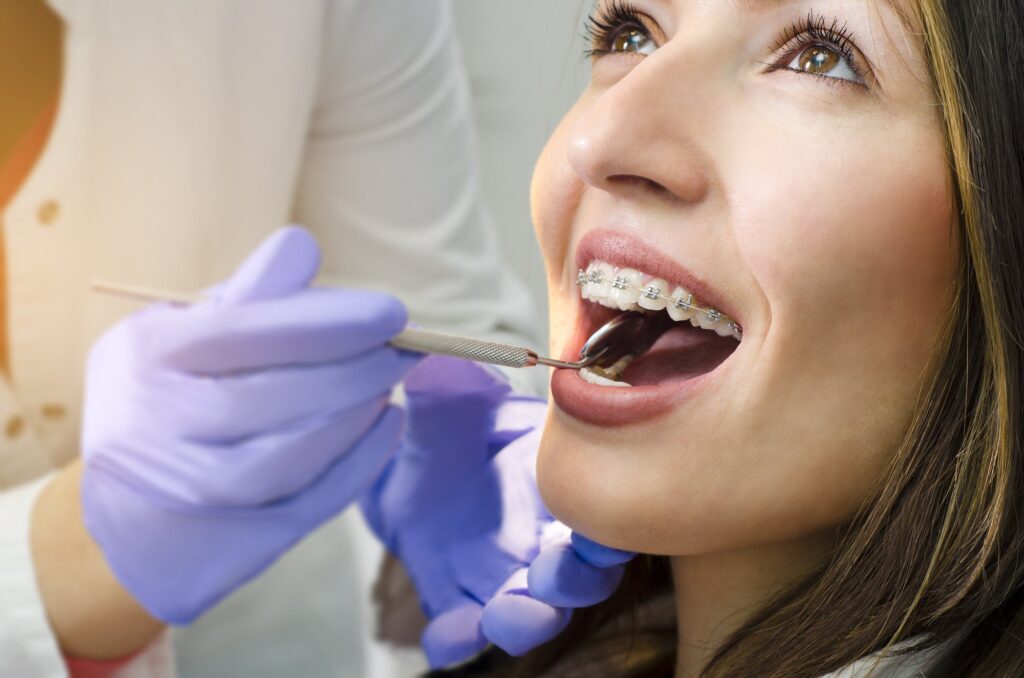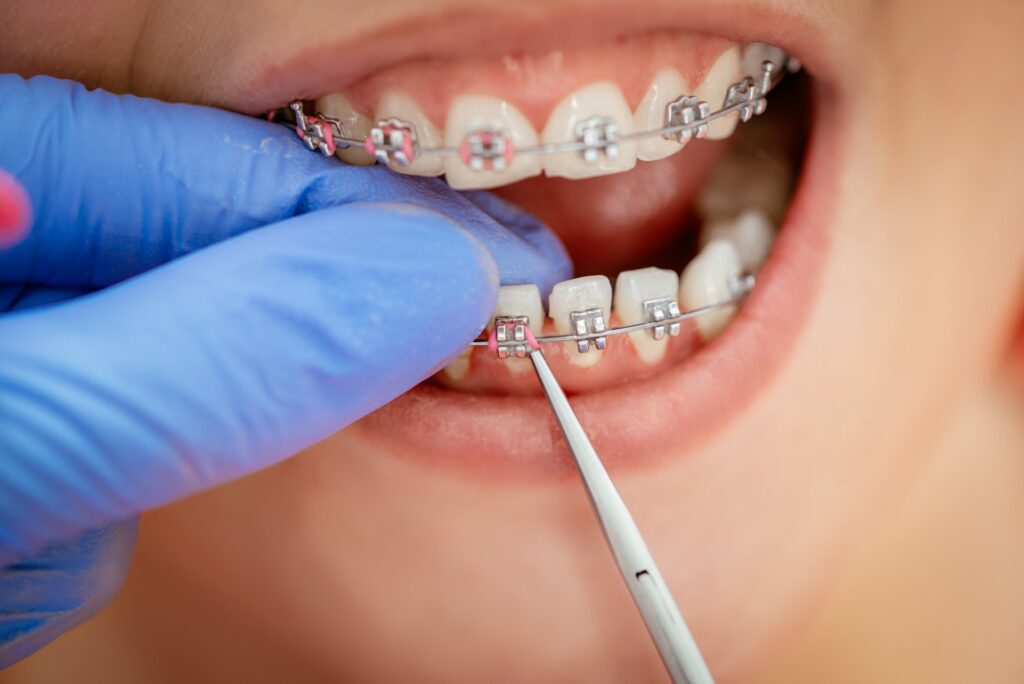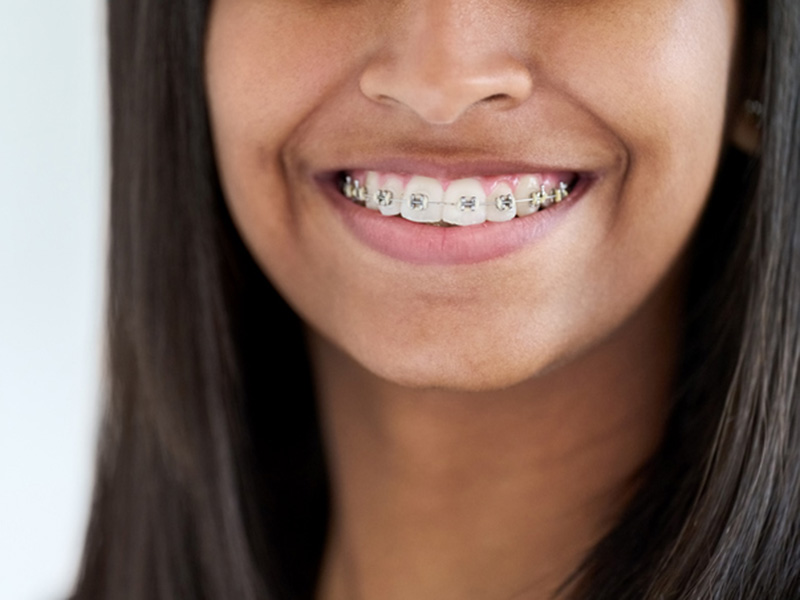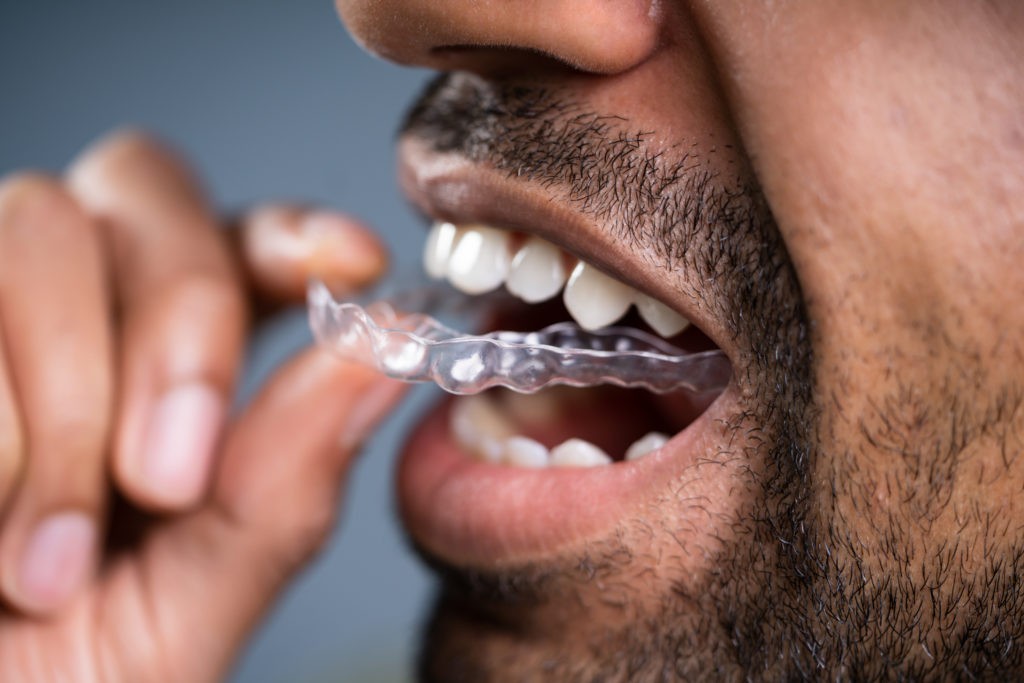March 8, 2024
Crooked teeth are very common. So much so, that you probably know multiple people who have or have had braces. Now, it’s your turn!
With braces, you might have some concerns. Discoloration can take away from a new and improved smile once your brackets are removed.
If you don’t want to deal with white spots on teeth after braces, you need to know how to prevent them. Keep reading to learn more.
What Causes White Spots on Teeth?
White spots occur due to a loss of minerals under the enamel of the teeth. Mineral loss is caused by acid, sugar, or bacteria present in the mouth.
Brackets create more hiding places for the bacteria and food particles. If anything gets trapped in your brackets, white spots and tooth decay can occur.
Traditional metal braces are a popular option for straighter smiles, but they can cause problems when not properly cared for.
To make braces work and keep your teeth healthy, brush and floss regularly.
How to Prevent White Spots on Teeth During Braces
Receiving regular orthodontic care while you have braces can help you prevent white spots. Visiting the dentist is a great way to get professional, regular cleanings.
No matter the type of braces you have, your dentist can get into the smaller spaces to ensure you have a healthy smile.
In addition to regular visits to your orthodontist and dentist, there are things you can do outside of the clinic to prevent white spots:
Brush Your Teeth Twice a Day
The best way to prevent white spots on teeth after braces is by keeping a regular dental hygiene routine. You should always brush your teeth twice a day for two minutes each time to sustain oral health, whether you have braces or not.
Brushing your this often prevents food debris and acids from staying on your teeth. Food debris and acids can cause decalcification.
Don’t forget to floss at least once a day to remove excess food debris between your teeth. Flossing is just as important for your oral health as brushing your teeth.
Use the Right Toothpaste
Preventing white spots might be as simple as avoiding certain types of toothpaste. Whitening toothpaste might seem like a good idea, but it’s not recommended for those wearing braces.
Whitening toothpaste won’t be able to penetrate your braces brackets. It will whiten the entire surface of the tooth other than the small area where the bracket is placed.
Consider using fluoride mouthwash as well. Using this mouthwash once a day makes tooth enamel more resistant to white spots from braces.
There are prescription fluoride kinds of toothpaste your orthodontist might recommend to you.
Don’t Eat Too Much Sugar
Eating too much sugar is bad for a lot of reasons, especially when you have braces. Diets high in sugar can cause white spots or decalcification on your teeth.
Avoid eating too many sweets and beverages with high sugar levels. Prevent white spots from occurring by eliminating or limiting these foods from your diet:
- Sodas
- Sports drinks
- Ice cream
- Cookies
Using a straw while drinking sugary beverages can limit some of the sugar contact on your teeth. While this isn’t a fool-proof way to prevent white spots, it can help if you don’t want to avoid sugar completely.
Get a New Toothbrush
If you have a basic, boring toothbrush, you might want to get an upgrade after you get braces. Caring for your teeth requires a great toothbrush.
An electric toothbrush is a top option compared to a manual, traditional toothbrush. The rotating toothbrush head can reach more places in your mouth than a manual toothbrush.
An interproximal toothbrush can also help reach between your wires and brackets. You’ll want to brush well enough to remove plaque and food particles, but don’t brush too hard.
Brushing too hard wears down the tooth enamel and can cause gum erosion. Excessive pressure can damage or dislodge your brackets.
Ask Your Orthodontist About Sealants
Sealants can protect your teeth while you have braces to make them more resistant to white spots. Ask your orthodontist if this is a solution that fits your situation.
There are different sealants an orthodontist can choose from to prevent or reduce white spots.
Removing White Spots on Teeth After Braces
There are a few ways a dental professional can treat white spots to make your smile one color again. These are your options if you get your braces removed and have white spots:
Remineralization
Since white spots are caused by the loss of minerals in the enamel, remineralization is a common technique for treating the discoloration.
The process involves applying a cream containing the minerals that were lost. For many patients, this is a quick and effective treatment plan.
Teeth Whitening
Getting your teeth professionally cleaned can help treat mild white spots. While this isn’t a great option for those with severe discoloration, the treatment may work for some patients.
Teeth whitening through a dental clinic involves a chemical treatment that fixes white spots and brightens your smile all around.
Microabrasion
There are some cases when a dentist will buff away white spots on your teeth. Microabrasion is dependent on how well your teeth absorb a strengthening agent applied to your tooth after the buffing.
Patients who benefit from this process see a noticeable difference in the white spots on their teeth.
Keep Your Smile Bright and White!
If you want to keep your smile bright and white after braces, you need to avoid discoloration. Dealing with white spots on teeth after braces is not ideal for anyone.
Use the tips and tricks in this guide to maintain your oral hygiene throughout the teeth-straightening process.
At SouthShore Orthodontics, we strive to provide the best care to all of our patients. Once we install your brackets, we will stay in the loop to ensure your teeth come out looking better than ever!
Ready for your first visit? Schedule a free consultation today.

